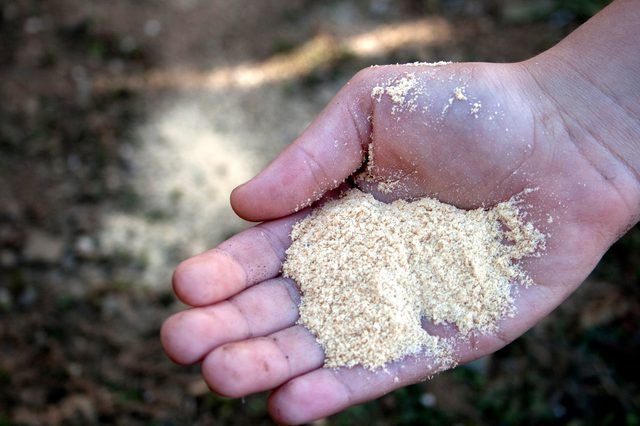Bulbs
Flower Basics
Flower Beds & Specialty Gardens
Flower Garden
Garden Furniture
Garden Gnomes
Garden Seeds
Garden Sheds
Garden Statues
Garden Tools & Supplies
Gardening Basics
Green & Organic
Groundcovers & Vines
Growing Annuals
Growing Basil
Growing Beans
Growing Berries
Growing Blueberries
Growing Cactus
Growing Corn
Growing Cotton
Growing Edibles
Growing Flowers
Growing Garlic
Growing Grapes
Growing Grass
Growing Herbs
Growing Jasmine
Growing Mint
Growing Mushrooms
Orchids
Growing Peanuts
Growing Perennials
Growing Plants
Growing Rosemary
Growing Roses
Growing Strawberries
Growing Sunflowers
Growing Thyme
Growing Tomatoes
Growing Tulips
Growing Vegetables
Herb Basics
Herb Garden
Indoor Growing
Landscaping Basics
Landscaping Patios
Landscaping Plants
Landscaping Shrubs
Landscaping Trees
Landscaping Walks & Pathways
Lawn Basics
Lawn Maintenance
Lawn Mowers
Lawn Ornaments
Lawn Planting
Lawn Tools
Outdoor Growing
Overall Landscape Planning
Pests, Weeds & Problems
Plant Basics
Rock Garden
Rose Garden
Shrubs
Soil
Specialty Gardens
Trees
Vegetable Garden
Yard Maintenance
How to Kill Potato Bugs With a Home Remedy
How to Kill Potato Bugs With a Home Remedy. The black and yellow striped Colorado potato beetle, or potato bug, originated in western regions of Colorado but now is found in almost all U.S. states. The pest can harm potatoes, tomatoes, eggplants, peppers and other plants. The pest will feed on plants during both the larvae and adult stage. Because...
The black and yellow striped Colorado potato beetle, or potato bug, originated in western regions of Colorado but now is found in almost all U.S. states. The pest can harm potatoes, tomatoes, eggplants, peppers and other plants. The pest will feed on plants during both the larvae and adult stage. Because the pest can build rapid immunity to insecticides, natural treatments are encouraged to rid the pest from plants before using harsh chemicals.
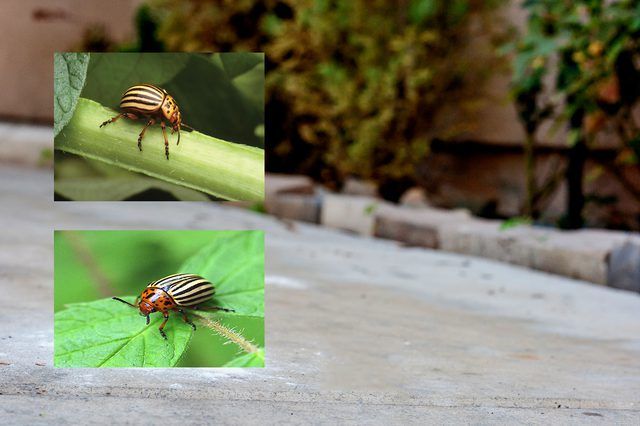
Things You'll Need
Ladybugs
Coffee can
Dish soap
Gloves
Netting
Flax, horseradish and/or garlic plants
Wheat bran
Step 1
Introduce ladybugs, natural predators of the potato bug, into the garden. Purchase ladybugs at local garden centers or online. Release the ladybugs at night to allow the insects to get used to their environment when the temperatures are cooler. Sprinkle a small amount of water on and around the ladybugs for moisture and hydration.
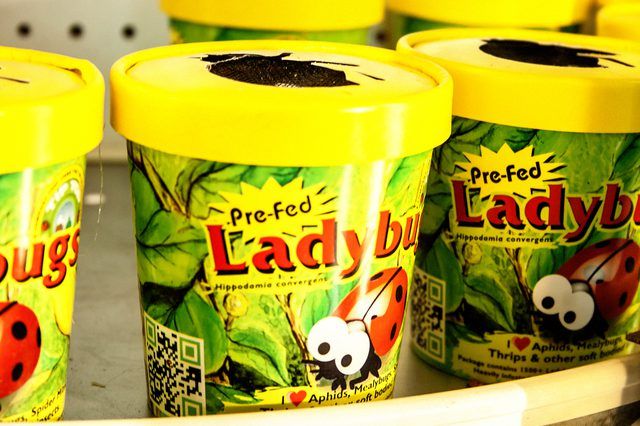
Step 2
Pick the potato bugs off the plants. Fill an old coffee can with water and dish soap. Put on a pair of gloves, and remove the bugs from the plant. Drop the bugs into the soapy water.
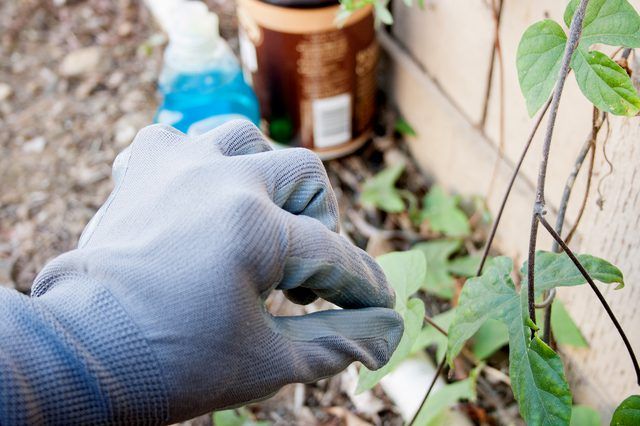
Step 3
Cover the plants with thin netting made to keep potato bugs away. Drape the netting over the plant; air and moisture will continue to flow through the small holes, yet pests cannot feast on the plants. Purchase netting online or at your local garden center.
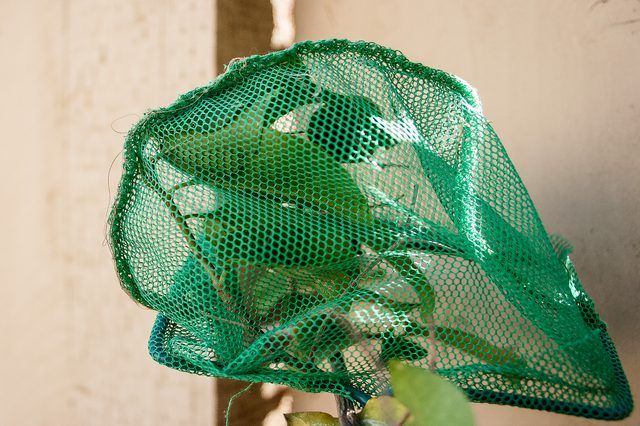
Step 4
Plant natural bug repellents around the crops, suggests Organic Garden Pests, a Web site devoted to organic and homemade remedies. Use flax, horseradish and garlic to deter the pests.
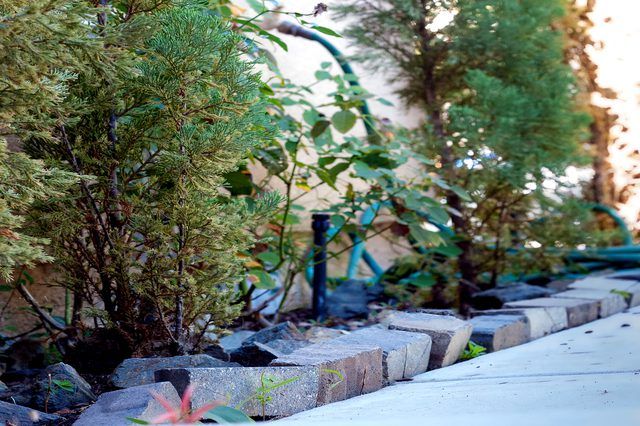
Step 5
Sprinkle wheat bran over the plants and leaves; the potato bugs will consume the wheat bran. The wheat bran will continue to expand in the beetle’s stomach and cause the pest to die.
